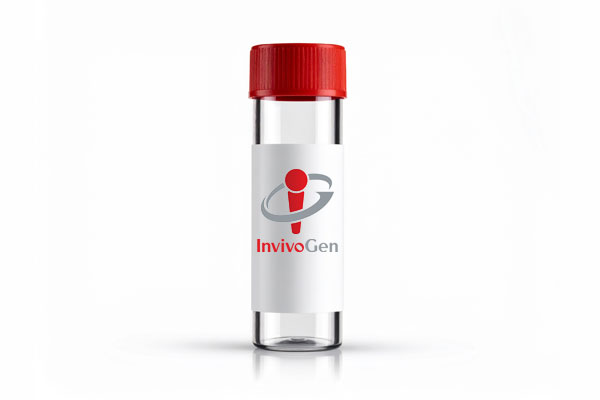
Anti-hPD1-Ni-hIgG1NQ
-
Cat.code:
hpd1ni-mab12
- Documents
ABOUT
Non-glycosylated monoclonal human IgG1 antibody against human PD-1
Anti-hPD1-Ni-hIgG1NQ features a mutated constant region of the human IgG1 isotype and the variable region of nivolumab. Nivolumab is a fully human IgG4 (S228P) monoclonal antibody that contains an engineered hinge region mutation (S228P) designed to prevent exchange of IgG4 molecules. It targets the PD-1 receptor found on activated T cells, B cells, and myeloid cells. PD-1 negatively regulates T cell activation thereby preventing autoimmunity [1]. However, under pathological conditions, cancer cells produce PD-L1 (programmed cell death 1 ligand 1), the agonist that binds and activates PD-1 enabling the cancer cells to evade the immune system. Nivolumab binds and blocks the activation of the PD-1 receptor, thereby resulting in the activation of T cells and cell‑mediated immune responses [2,3]. It has been approved by the FDA for the treatment of melanoma and squamous non-small cell lung cancer.
Anti-hPD1-Ni-hIgG1NQ contains a N-glycosylation mutation of the constant region of the human IgG1 where potential asparagine (N) glycosylation sites are substituted by glutamine (Q) residues resulting in the production of a non‑glycosylated antibody. Glycosylation of an antibody has no effect on antigen binding but is essential for Fc receptor-mediated activity [4]. In non‑glycosylated antibodies the effector mechanisms mediated through the Fc receptors types (FcγRI, FcγRII, FcγRIII) and the C1q component of complement are severely compromised or ablated [5]. It has been produced in CHO cells and purified by affinity chromatography with protein G.
Applications: Anti-hPD1-Ni-hIgG1NQ can be used with Anti-hPD1-Ni-hIgG1 to study the impact of effector functions.
References:
1. McDermott D. & Atkins M., 2013. PD-1 as a potential target in cancer therapy. Cancer Med. 2: 662–73.
2. Wang C. et al., 2014. In vitro characterization of the anti-PD-1 antibody nivolumab, BMS- 936558, and in vivo toxicology in non-human primates..Cancer Immunol Res. 2:846-56.
3. Gunturi A. & McDermott DF., 2015. Nivolumab for the treatment of cancer. Expert Opin Investig Drugs. 24:253-60.
4. Arnold J. et al., 2007. The impact of glycosylation on the biological function and structure of human immunoglobulins. Annu Rev Immunol 25:21-50.
5. Jefferis R., 2009. Glycosylation as a strategy to improve antibody-based therapeutics. Nat Rev Drug Discov. 8:226-34.
All products are for research use only, and not for human or veterinary use.
SPECIFICATIONS
Specifications
Cellular assay, ELISA, flow cytometry, Fc interaction studies
- Binding of Anti-hPD1-Ni-hIgG1 to human PD-1 has been tested using flow cytometry.
- The complete sequence of this antibody has been verified.
- The absence of bacterial contamination (e.g. lipoproteins and endotoxins) has been confirmed using HEK-Blue™ TLR2 and HEK-Blue™ TLR4 cells.
CONTENTS
Contents
-
Product:Anti-hPD1-Ni-hIgG1NQ
-
Cat code:hpd1ni-mab12
-
Quantity:100 µg
Anti-hPD1-Ni-hIgG1NQ antibody is provided azide-free and lyophilized.
Shipping & Storage
- Shipping method: Room temperature
- -20 °C
- Avoid repeated freeze-thaw cycles
Storage:
Caution:
DOCUMENTS
Documents
Technical Data Sheet
Safety Data Sheet
Certificate of analysis
Need a CoA ?